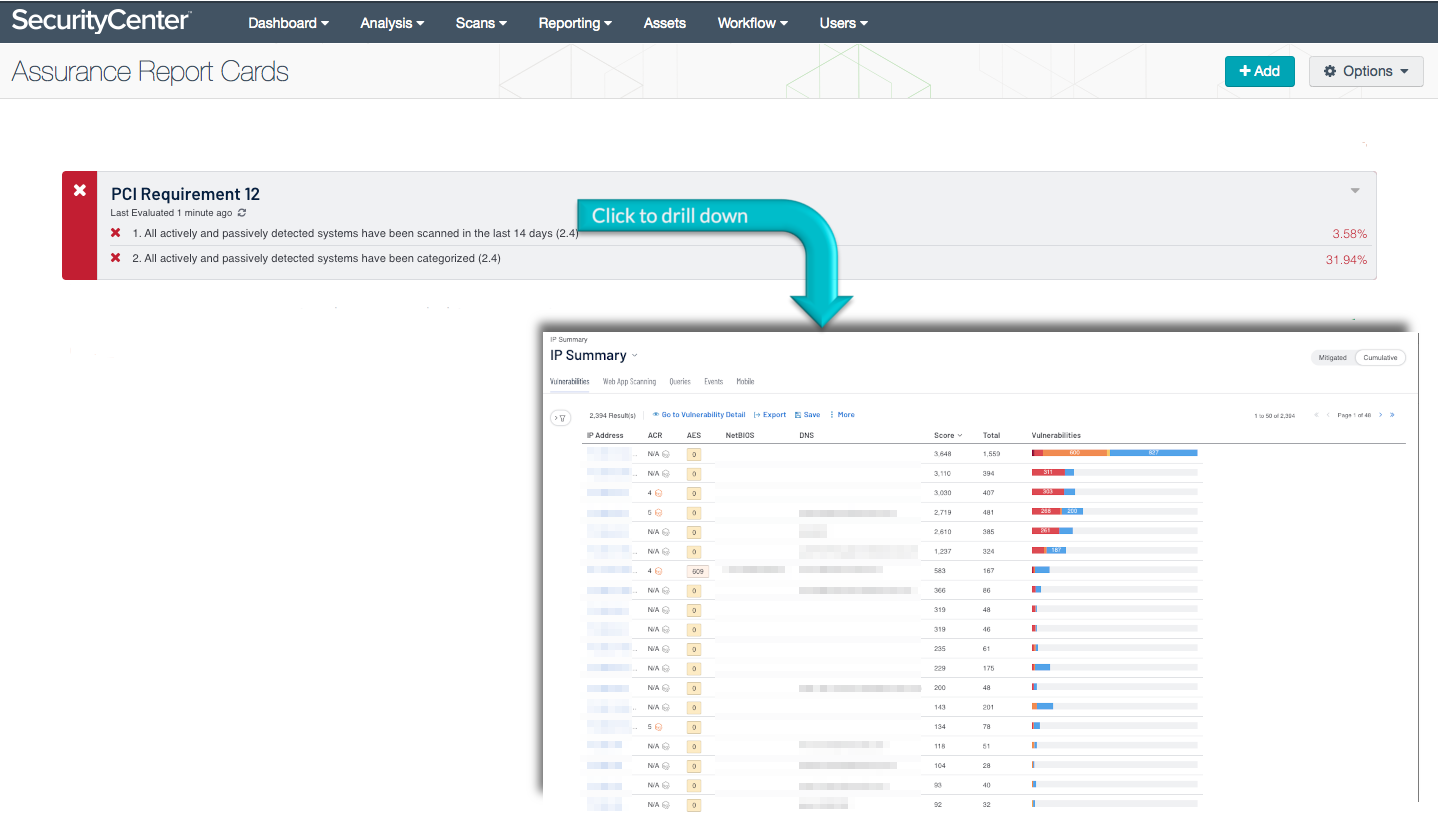by Josef Weiss
September 27, 2024

The Payment Card Industry Security Standards Council (PCI SSC) maintains, evolves, and promotes Payment Card Industry standards for the safety of cardholder data across the globe. The PCI SSC provides technical and operational requirements for organizations accepting or processing payment transactions. The guidance also applies to software developers and manufacturers of applications and devices used in those transactions.
The Payment Card Industry Data Security Standard (PCI DSS) helps entities understand and implement standards for security policies, technologies and ongoing processes that protect their payment systems from breaches and theft of cardholder data. The standards have historically been revised on a 2-3 year cycle, but the PCI SSC is transitioning to a posture of revising the PCI DSS as required based on changes to the current threat landscape. The current standard revision is PCI DSS Version 4.x. Any organization that handles payment card information must comply with the PCI DSS and must demonstrate compliance annually. Tenable Security Center is able to help organizations monitor ongoing PCI DSS compliance.
The PCI Requirement 12 ARC analyzes policy statements related to Requirement 12 of the PCI DSS requirements. This section mandates that organizations have an inventory of system components that are in scope for PCI DSS. Maintaining a current list of all systems enables organizations to define which assets are in scope for PCI DSS. Recommended methods of maintaining the inventory list include databases, files, or inventory management tools. As listed in Requirement 12.5.1, a good practice is to keep an inventory of all assets. Those systems that are in scope for PCI DSS should be clearly identifiable among those assets. Tenable products allow assets that have been identified to be tagged. Organizations can use tags to label assets, policies, credentials, or queries with a custom descriptor to improve filtering and object management. For example, you could add a tag named PCI DSS to label all of the assets that are in scope for PCI. Tenable Attack Surface Management continuously maps the Internet and discovers connections to your Internet-facing assets, whether internal or external to your networks, allowing organizations to discover unauthorized or unknown devices.
Organizations can configure repositories or asset lists in order to tailor the focus of the ARC. When the dashboard is added from the Tenable Security Center Feed, the appropriate assets, IP addresses, or repositories can be specified. Assigning one of the options to the dashboard will update all filters in the components. By creating static or combination asset lists that include all systems in the Cardholder Data Environment (CDE), each component can be filtered to display results directly related to ongoing PCI security. Using an asset list filter will also allow traffic into and out of the CDE to be monitored. In order to accurately measure an organization’s PCI security posture, asset lists need to be applied as filters to provide results focused on the CDE.
This ARC is available in the Tenable Security Center Feed, a comprehensive collection of dashboards, reports, Assurance Report Cards, and assets. The ARC can be easily located in the Tenable Security Center Feed under the category Compliance. The ARC requirements are:
- Tenable Security Center
- Nessus
- NNM
Tenable's Tenable Security Center provides extensive network monitoring by leveraging a unique combination of detection, reporting, and pattern recognition utilizing industry recognized algorithms and models. Tenable Security Center is continuously updated to detect advanced threats and vulnerabilities. Tenable constantly analyzes information from our unique sensors, delivering continuous visibility and critical context and enabling decisive action that transforms the security program from reactive to proactive. Event normalization and correlation allows deeper visibility into the network. Continuous vulnerability analysis enables security teams to more effectively tailor remediation efforts. Monitoring the network to ensure that all systems are secured against vulnerabilities is essential to ongoing security efforts. Tenable’s extensive network monitoring capabilities can verify that systems are successfully scanned regularly and secured against vulnerabilities, enabling ongoing improvements to an organization’s security posture.
This ARC includes the following policy statements:
- All actively and passively detected systems have been scanned in the last 14 days (12.5.1)
This policy statement displays the ratio of detected systems that have been scanned in the last 14 days to total systems. If the policy statement requirement is met, the result is displayed in green; otherwise, the result is displayed in red. Systems on the network are detected both passively by NNM and actively by Nessus. All systems should be actively scanned by Nessus to ensure that all systems are properly identified and evaluated. - All actively and passively detected systems have been categorized (12.5.1)
This policy statement displays the number of systems that have been categorized by operating system and type of device to total systems. If the policy statement requirement is met, the result is displayed in green; otherwise, the result is displayed in red. Systems on the network are detected both passively by NNM and actively by Nessus. Categories include Windows, Linux, and Mac hosts, firewalls, routers, switches, VPN devices, and mobile devices. Most of the systems on the network should fall into one of these categories. Any system that does not fall into one of the above categories should be further investigated.